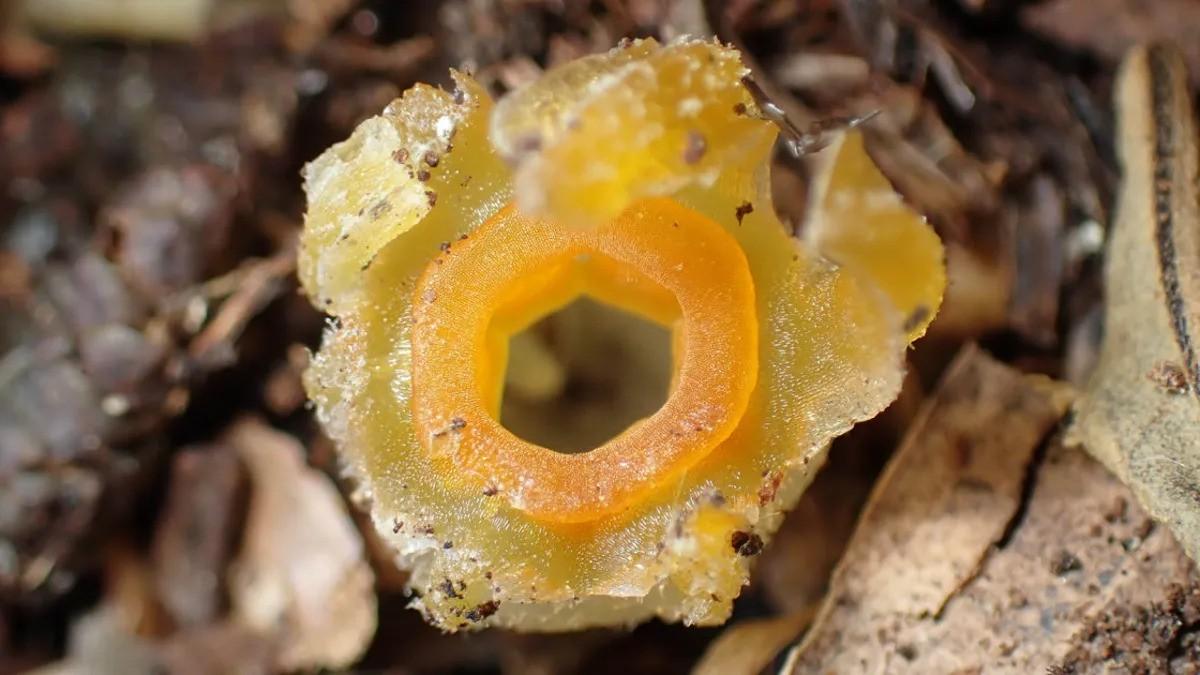In a significant botanical discovery, scientists have reencountered a plant species thought to be extinct for three decades. Thismia kobensis, belonging to the genus Thismia, colloquially known as fairy lanterns, resurfaced after its presumed extinction due to habitat destruction caused by an industrial complex in Kobe City, Japan, in 1992. The plant is distinctive for its unique appearance, elusiveness, and ability to survive without photosynthesis.
Researchers, led by Kenji Suetsugu, documented their findings in the journal Phytotaxa, unveiling that Thismia kobensis has been rediscovered approximately 19 miles away from its original habitat in Sanda City. Notably, this marks the northernmost known fairy lantern species in Asia. The updated description highlighted characteristics such as a short and wide ring and short hairs on the stigma that distinguish Thismia kobensis from other species.
The rediscovery of Thismia kobensis holds significant implications for understanding the broader family of fairy lanterns. It has the potential to shed light on the biogeography of Thismia americana, the sole North American fairy lantern species presumed extinct after its initial discovery in a Chicago prairie over a century ago. Previously linked to Thismia rodwayi in Australia and New Zealand, it is now believed that Thismia kobensis is the closest relative to Thismia americana.
It was noted by Laboratory Equipment that the newly discovered location “may also offer new insights into the biogeography of the mysterious fairy lantern, Thismia americana, originally believed to be related to species in Australia and New Zealand.”
While the mystery of a mainly tropical genus like Thismia appearing in temperate North America persists, the research emphasizes the importance of conservation efforts. The publication suggests measures to safeguard the newly rediscovered species from human activities, emphasizing the significance of avoiding invasive species and promoting the growth of native plants in the vicinity.
This approach aims to create a secure environment for endangered plants, contributing to the broader understanding of and conservation efforts for elusive and unique species like Thismia kobensis.

